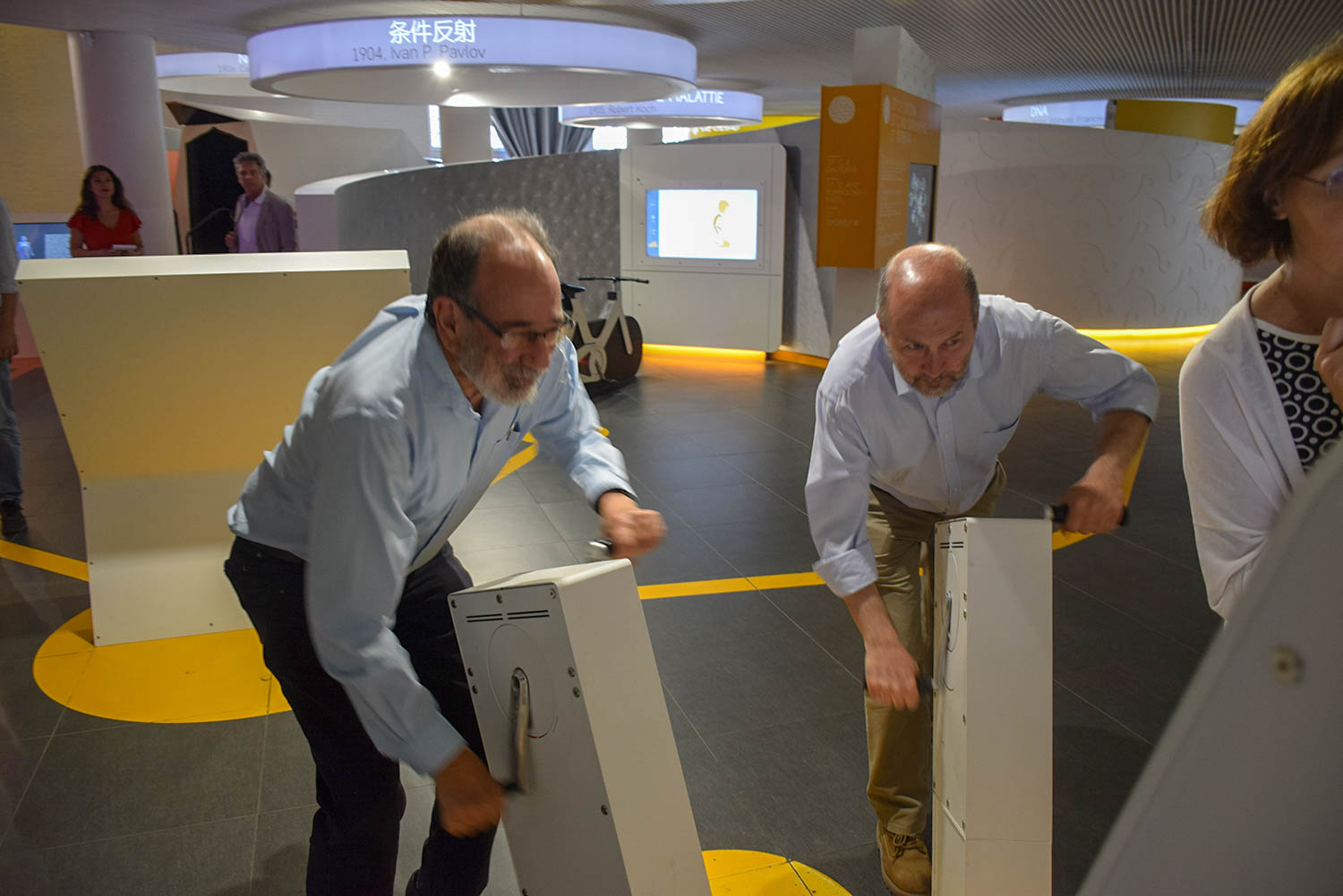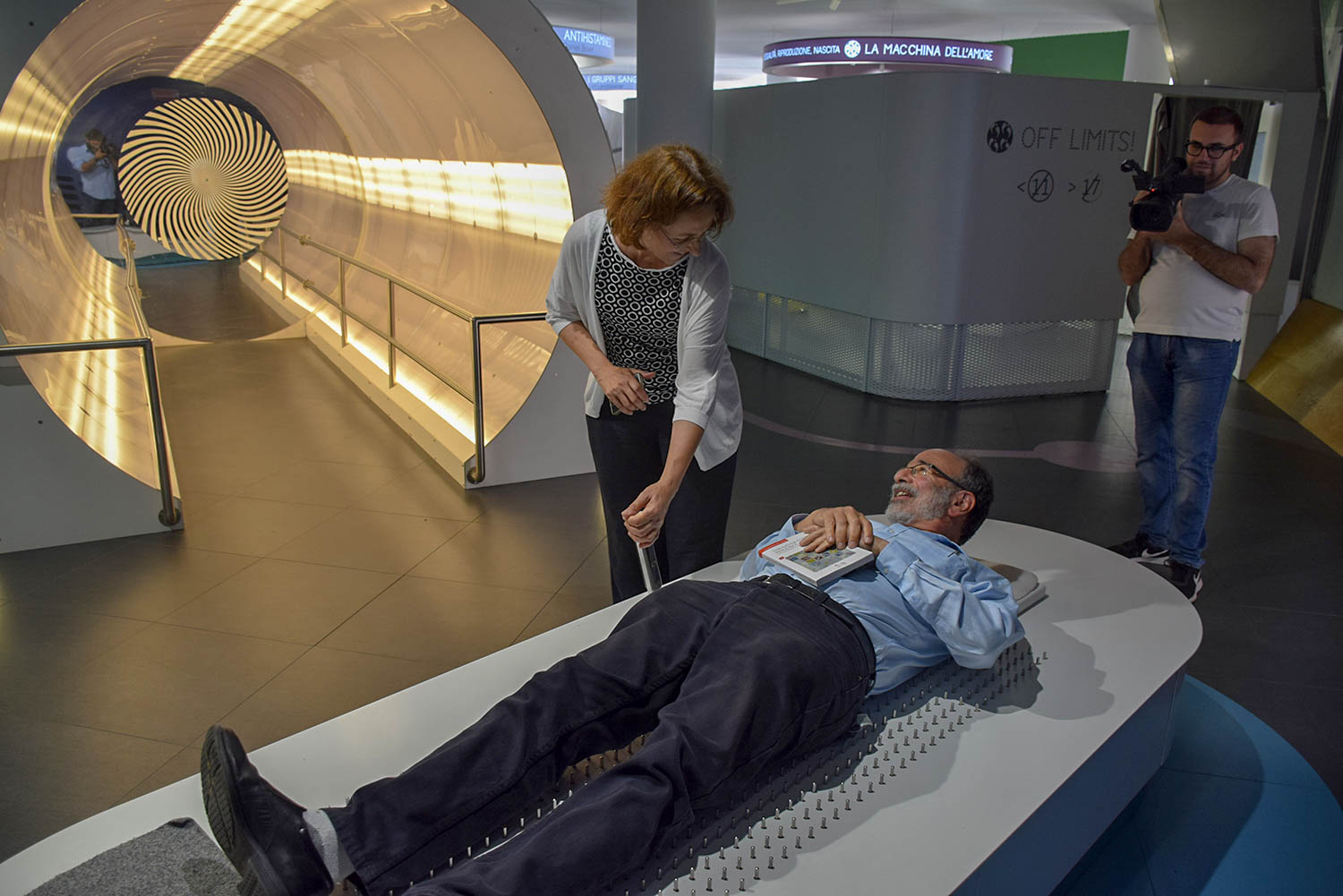These days I'm thinking about corona virus covid-19 convalescent blood plasma, which I blogged about yesterday, and about which I hope to say more soon. But that has gotten me to think again about blood plasma generally, which is a source of many therapies, including antibodies, immunoglobulins, that defend against a large variety of diseases.
The U.S. is the Saudi Arabia of blood plasma and plasma products, with both a large domestic commercial market and annual exports valued in the billions of dollars. The reason is largely that it is legal in the U.S. to pay plasma donors, so there's ample supply through a big network of hundreds of for-profit and nonprofit blood and plasma centers (the nonprofits mostly don't pay donors, I think). In many countries, paying their residents for plasma is repugnant and illegal. Fortunately for their citizens, they mostly don't also suffer from severe shortages of life-saving plasma medicines, because it can be bought from the U.S. (See e.g. my posts on Canada's plasma policies.)
Here are some relevant export figures. They make clear that the U.S. exports billions of dollars of plasma, and tens of billions of dollars of plasma products.
For those who would like to study these data, let me explain where they come from. (They include some things that aren't plasma products, and may miss some that are...) It's not so easy to find the U.S exports of exactly blood plasma and plasma products (I needed some help).
In Chapter 30 of the U.S. International Trade Commission (USITC) Harmonized Tariff Schedule (HTS),is the code:
HTS 3002: "Human blood; animal blood prepared for therapeutic, prophylactic or diagnostic uses; antisera, other blood fractions and immunological products, whether or not modified or obtained by means of biotechnological processes; vaccines, toxins, cultures of micro-organisms (excluding yeasts) and similar products:
Antisera, other blood fractions and immunological products, whether or not modified or obtained by means of biotechnological processes"
That sounds good, but it includes (aside from plasma products) things that I don't want to include e.g. Malaria diagnostic test kits, and Fetal Bovine Serum.
On the other hand the subcategory 3002.12.00 is for "Antisera and other blood fractions" which includes sub-subcategories for things I do want to include:
3002.12.10 Human blood plasma.
3002.12.20 Normal human blood sera, whether or not freeze-dried
3002.12.30 Human immune blood sera
And then there are are codes 3002.13.00, 14.00, and 15.00 which cover the promising (very similar) categories in which most of the immunoglobulins are probably found, but maybe some other things too:
Immunological products, unmixed, not put up in measured doses or in forms or packings for retail sale
Immunological products, mixed, not put up in measured doses or in forms or packings for retail sale
and
Immunological products, put up in measured doses or in forms or packings for retail sale.
The place to go to turn these numbers into export figures is dataweb.usitc.gov (But getting data there isn't completely straightforward, and I got help from Julia Fabens.) The table above shows that whole plasma itself has over $2 billion of annual exports from the U.S., and together with plasma products, including those involving antibodies (immunological products) there are almost $20 billion of exports from the U.S.
So, I'm guessing that soon, if clinical trials show that antibodies against covid-19, are useful, they will become readily available, commercially, in plasma and in pharmaceuticals. A year ago, those human antibodies didn't exist, and so there was no way to use it to help patient zero or the next many thousands. But now there's a lot of it, more each day, in the blood of recovered patients. And there's a whole industry devoted to collecting it and purifying the antibodies into "immunological products."
I hope human antibodies against covid-19 are clinically useful, to help mitigate and cure the disease if not to prevent it, because my sense is that a vaccine is (at least) many months away.
The U.S. is the Saudi Arabia of blood plasma and plasma products, with both a large domestic commercial market and annual exports valued in the billions of dollars. The reason is largely that it is legal in the U.S. to pay plasma donors, so there's ample supply through a big network of hundreds of for-profit and nonprofit blood and plasma centers (the nonprofits mostly don't pay donors, I think). In many countries, paying their residents for plasma is repugnant and illegal. Fortunately for their citizens, they mostly don't also suffer from severe shortages of life-saving plasma medicines, because it can be bought from the U.S. (See e.g. my posts on Canada's plasma policies.)
Here are some relevant export figures. They make clear that the U.S. exports billions of dollars of plasma, and tens of billions of dollars of plasma products.
For those who would like to study these data, let me explain where they come from. (They include some things that aren't plasma products, and may miss some that are...) It's not so easy to find the U.S exports of exactly blood plasma and plasma products (I needed some help).
In Chapter 30 of the U.S. International Trade Commission (USITC) Harmonized Tariff Schedule (HTS),is the code:
HTS 3002: "Human blood; animal blood prepared for therapeutic, prophylactic or diagnostic uses; antisera, other blood fractions and immunological products, whether or not modified or obtained by means of biotechnological processes; vaccines, toxins, cultures of micro-organisms (excluding yeasts) and similar products:
Antisera, other blood fractions and immunological products, whether or not modified or obtained by means of biotechnological processes"
That sounds good, but it includes (aside from plasma products) things that I don't want to include e.g. Malaria diagnostic test kits, and Fetal Bovine Serum.
On the other hand the subcategory 3002.12.00 is for "Antisera and other blood fractions" which includes sub-subcategories for things I do want to include:
3002.12.10 Human blood plasma.
3002.12.20 Normal human blood sera, whether or not freeze-dried
3002.12.30 Human immune blood sera
And then there are are codes 3002.13.00, 14.00, and 15.00 which cover the promising (very similar) categories in which most of the immunoglobulins are probably found, but maybe some other things too:
Immunological products, unmixed, not put up in measured doses or in forms or packings for retail sale
Immunological products, mixed, not put up in measured doses or in forms or packings for retail sale
and
Immunological products, put up in measured doses or in forms or packings for retail sale.
The place to go to turn these numbers into export figures is dataweb.usitc.gov (But getting data there isn't completely straightforward, and I got help from Julia Fabens.) The table above shows that whole plasma itself has over $2 billion of annual exports from the U.S., and together with plasma products, including those involving antibodies (immunological products) there are almost $20 billion of exports from the U.S.
So, I'm guessing that soon, if clinical trials show that antibodies against covid-19, are useful, they will become readily available, commercially, in plasma and in pharmaceuticals. A year ago, those human antibodies didn't exist, and so there was no way to use it to help patient zero or the next many thousands. But now there's a lot of it, more each day, in the blood of recovered patients. And there's a whole industry devoted to collecting it and purifying the antibodies into "immunological products."
I hope human antibodies against covid-19 are clinically useful, to help mitigate and cure the disease if not to prevent it, because my sense is that a vaccine is (at least) many months away.
|
102,597,746 | 2,627,504 | 1,586,634 |











